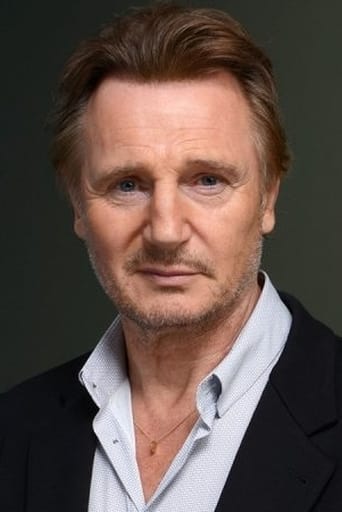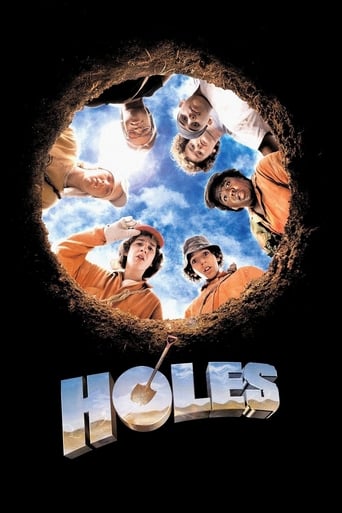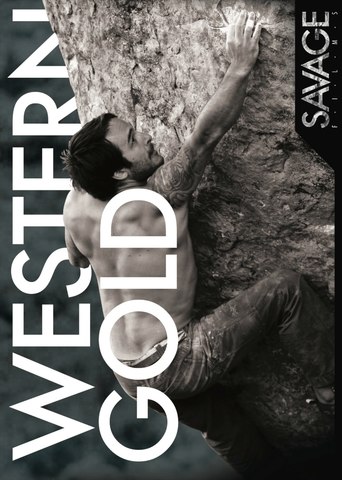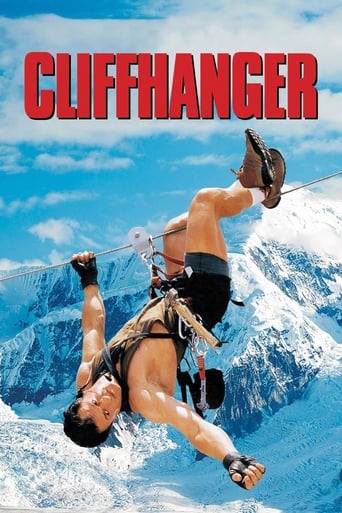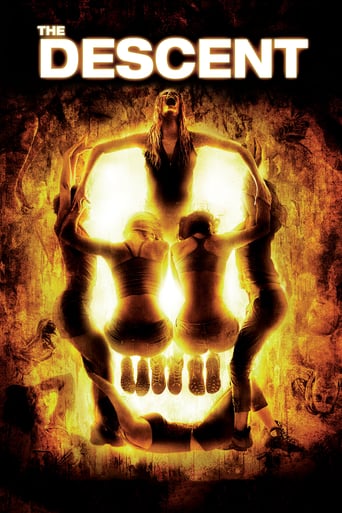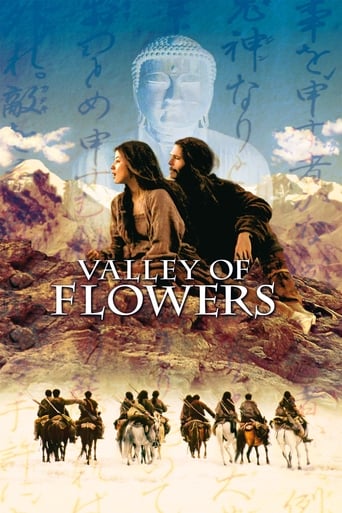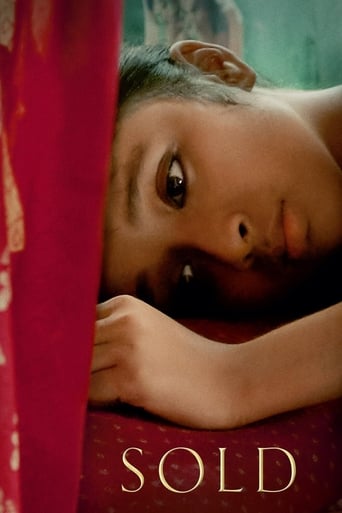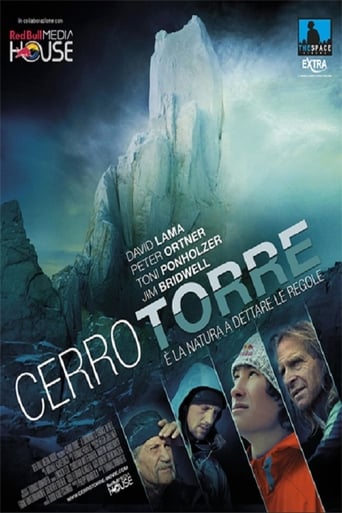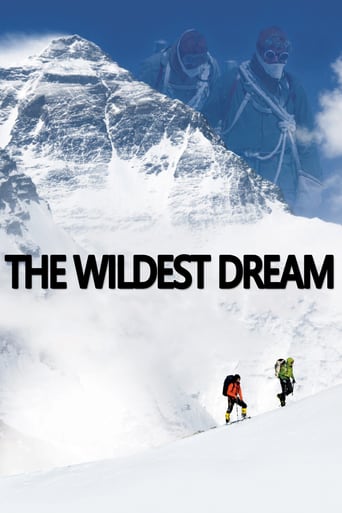
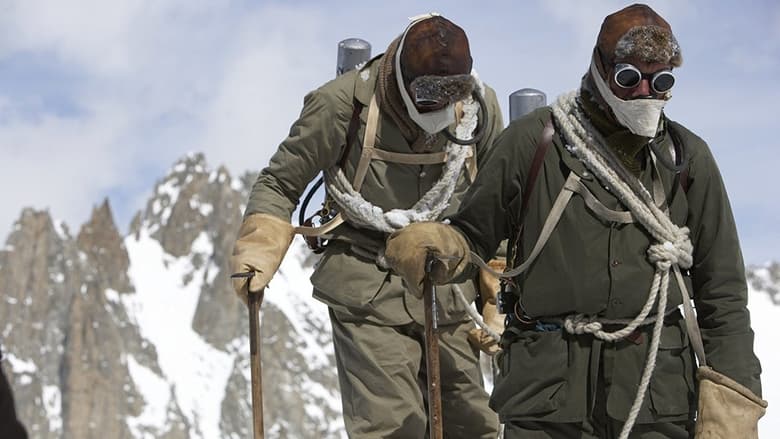
The Wildest Dream (2010)
Uses astonishing visuals to tell the intersecting stories of George Mallory, the first man to attempt a summit of Mount Everest, and Conrad Anker, the mountaineer who finds Mallory's frozen remains 75 years later.
Watch Trailer
Cast


Similar titles
Reviews
The Age of Commercialism
Slow pace in the most part of the movie.
A different way of telling a story
It’s fine. It's literally the definition of a fine movie. You’ve seen it before, you know every beat and outcome before the characters even do. Only question is how much escapism you’re looking for.
I'd love to give this a high rating, to tell everyone how beautifully it is made and how the story is truly gripping and awe inspiring.Whilst all that is true I gave up on it before I was a quarter of the way through because Liam Neeson was many times inaudible over the horrendously loud "background" sounds and music.For reference, I still have good hearing, but this is in that class of film/documentary where the idiot producer just kept screaming at the sound engineers "LOUDER LOUDER LOUDER LOUDER" and ended up ruining the whole experience.If you enjoy watching everything with the subtitles turned on, go ahead.
The Wildest Dream: Conquest Of Everest is a 93 minute long film, directed by Anthony Geffen, that touches at one of the oldest dreams I had; to go rockhunting on an archaeological dig and find something magical and wondrous. As a child, I recall reading in a science book about Luos Agassiz and how he proved the fact that glaciers, indeed, do move, by pinpointing the spot where a mountain climber was lost on an Alpine Peak, predicting that the body would show up at the bottom of the glacier after a certain number of years, only to find the body just as predicted. This film does not open exactly in that manner, but it does open with modern mountain climber Conrad Anker finding the body of Mount Everest legend George Mallory in 1999, 75 years after he and a colleague, Sandy Irvine, were lost and presumed dead on the world's tallest mountain. This pushes Anker to want to try and prove that Mallory did reach the summit three decades earlier than Edmund Hillary. To do so, Anker and a colleague of his own, attempt to reproduce Mallory's ascent in vintage 1920s gear.The film then alternates between the modern quest, made in 2007, and the original quest of Mallory, via archival films, photos, and letters. What drives Anker is the fact that Mallory seems to have made his descent in twilight, when he slipped and broke a leg, then dies on the slope. This indicates that he must have made a bid for the top before descending, for he was last seen near the top on the morning of June 8th, 1924, just a few hundred feet from the top, but his body was found almost 3000 feet lower. The time of his death is ascertained by the fact that he was not wearing the sun visors needed to prevent whiteouts from ice glare. Also, Mallory had promised to plant his wife's photo at the summit but the photo has never been found. Neither has Mallory's climbing partner, Irvine.The film has spectacular scenery, but the cinematography, by Chris Openshaw, is nothing great. Geffen does a good job of interweaving the two tales, but far too much time is taken up on the silly and narcissistic modern tale. More time spent on Mallory's plight would have helped the film, while also lopping off 15-20 minutes of fat. The film is narrated by actor Liam Neeson. The film could have used, aside from a tighter focus on Mallory, a greater array of mountaineering expert and historian commentary but, overall, it is well suited to be an introduction to the life of a legendary hero of exploration's Golden Age's final years.
I find it hard to agree with one of the other reviewers here who was left unmoved and disconnected by this brilliant attempt to capture the first attempt by the West to conquer Everest. The level of research, the history connection through the letters, the original film that was shot in the 1920s, the memories of relatives, and the extensive recreation by two professional climbers, all coupled with simply stunning photography, and voice-overs by Liam Nilson and a cast of the best of British voice-over really makes for an exceptional and honestly involving climbing documentary.For anyone interested in adventure, exploration, or climbing you could do far far worse. National Geographic have put the highest production values on this, and for my buck, it more than works.
In 1924, English mountain climber George Mallory attempted (for the third time) to be the first man to climb Mount Everest—the highest point on Earth. It was a daunting challenge of a magnificent kind. As he and his climbing partner Andrew Irvine made their way up the slopes and the sheer cliffs, one has to wonder, why? Why would a man attempt such a thing. What would posses a man with a wife (with whom he was madly in love) and three children at home to attempt a feat unknown to man at that time? Whatever the reason, Mallory pursued this wildest dream of his, even to his death upon the mountain side. He went up, and never came down. Nobody really knows if he reached the top or not. But one thing is for certain, had Mallory failed and survived, passion would have sent him up there again.Unfortunately Anthony Geffen's documentary about this man is much less passionate. It is somewhat of a half-hearted attempt at an emotional connection with the audience. The film itself tells two stories. The first is a weak and dull documentation of Mallory's home life and his conquest of the mountain. The second is the true yet still preposterous story of Conrad Anker's attempt to climb the mountain using the same gear as Mallory (Anker was the man who finally found George Mallory's body upon the mountainside in 1999). And then of course the film also explores Anker's feelings and his compulsion to climb mountains. Now Mr. Anker must be as passionate about climbing Everest as Mallory certainly was, but he comes off as more of a sideshow that one wants to laugh at. The film makes no attempt to be poetic or emotionally insightful. Instead it is completely naked, laying the story out in front of you without the slightest bit of artistry or professionalism. The end result is a bland and uninteresting hour and a half of counting ceiling panels in the theater. I know for certain that a movie is disappointing if I begin counting the ceiling panels at the top of the theater. I've seen documentaries about the life and times of Barney the Dinosaur that were more compelling than this loaf of bread. The inspiration that fueled Mallory and that must have also fueled Anker is hardly evident in this clunker.Perhaps the film's biggest problem is not its difficulty in connecting to the audience, but perhaps the fact that it is just plain boring. You would think that any story about people risking their lives to achieve glory would be suspenseful and intriguing, but, alas this is not the case. There is not an ounce of tension anywhere to be found. The film begins with a particularly uninteresting static shot of the mountain and most of the other shots follow suit. The most interesting any single frame of film gets is an obviously computer generated shot that swoops through the valleys and up onto the side of the mountain. From there we get a pleasing vista of the snow. It is unfortunate that, given such great subject matter, this film utterly fails in capturing the interest or emotional excitement of its audience. And I kid you not, this is the only picture I've ever seen in which the credits were more interesting than the film. As soon as the first ten minutes I was counting the seconds until it was over.Of course, the film has a few redeeming qualities. The first and most obvious is the voice actors who narrate. The narrator is the great Liam Neeson, who can make any role seem worthwhile, even stupid ones. The voice of George Mallory as he reads his letters is the ever-welcome Ralph Fiennes—who has worked with Liam Neeson before as the evil Amon Goethe in Schindler's List. Mallory's wife Ruth is voiced by the late Natasha Richardson (who also happened to be married to Neeson before her untimely death). The voices make up for some of the drag in the picture, but of course not all. The other element that saves this form being a total flop is its often stunning pictures of the Mountain in all its glory and magnificence. But other than this, the picture has little going for it. Perhaps I am being too harsh on it, but then again I always go into a film expecting it to be good. Not that I always truly think it will be good, but if I go to a movie, I demand a good experience. This film did not give me that. The story, although very compelling and fascinating, was not executed well at all. Instead it seems as though it has fermented too long and gone sour. It is like a soda that has lost its carbonation. It just lays there in front of you, and once you start drinking, you have to finish, but it is an unpleasant experience. Just like the soda, this film has gone flat. If this was the last film I saw before I died, I would demand that I be sent back to Earth to watch something even remotely better than this.But here I am again, taking a movie apart that no doubt many people will find interesting. But as for me, I was bored beyond belief (except in the scenes where the narrators chime in). Perhaps the problem is mine and I was the one who didn't connect. But of course we can never know, so for now I am blaming the film. It didn't affect me in any way, and I just felt dull and indifferent after leaving the theater. Oh well, every director lays an egg every now and again, although I don't see any hope for Geffen. If only he could add a little art and poetry to this film, it would have been much more intriguing and enthralling. Thus concludes my review of The Wildest Dream—happy movie hunting!www.colewebbharter.com


